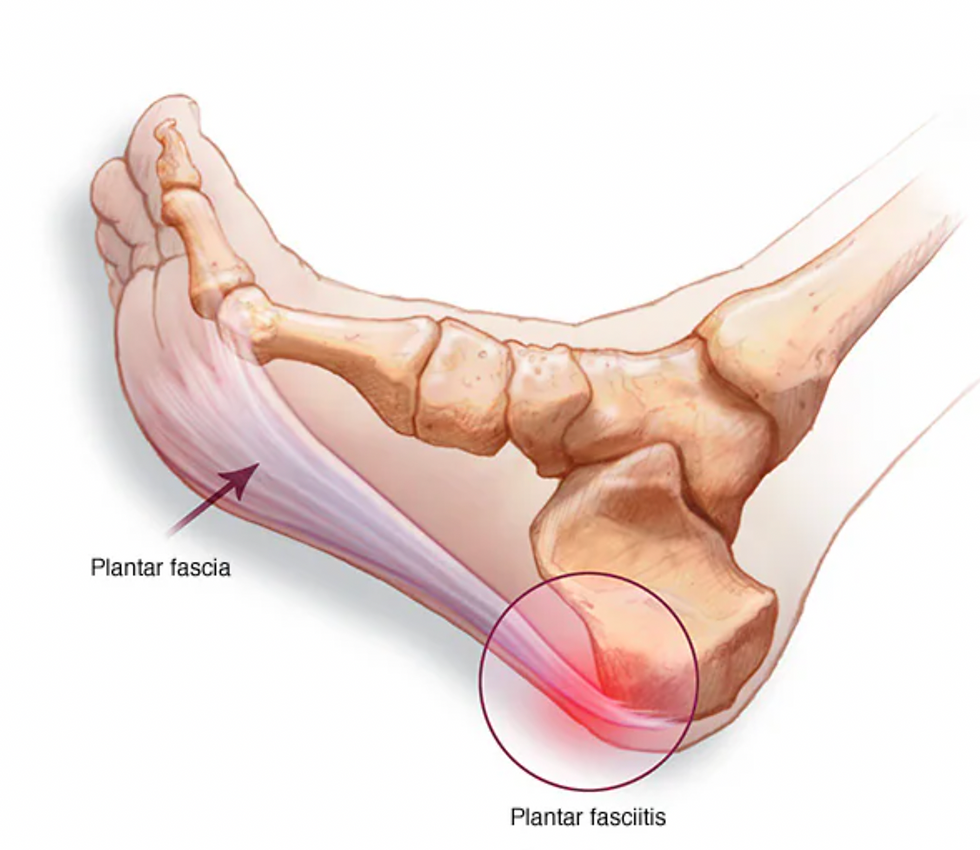Spinal-Related Leg Pain
- Harry Peterkin
- Sep 4
- 2 min read
Understanding Spinal-Related Leg Pain: What You Need to Know

If you’ve ever felt pain referring into your leg that seems to start from your back, you’re not alone. Spinal-related leg pain is a common issue that affects between 1-10% of Australians. It is something we see regularly in the clinic, and it can sometimes be confusing to understand where the pain is coming from and why it behaves the way it does.
Let’s break it down into the main types of drivers that can cause leg pain linked to the spine, and what you can do about it.
1. Somatic Drivers (Muscles, Joints, and Discs)
Sometimes the pain isn’t directly from a nerve, but rather from the structures around the spine such as joints, discs, or muscles. These can become irritated and send pain down into the leg. This pain is often duller or aching, and may move around depending on posture or activity.
2. Neurogenic Drivers (Nerves)
This is what most people think of when they hear “sciatica.” Spinal nerves can become irritated by things like swelling, disc bulges, or a narrowing of the space around the nerve. When this occurs, it can send a more sharp or electric type pain into the leg. People may also notice associated tingling, numbness, or weakness.
3. Vascular Drivers (Blood Flow)
Although less common, sometimes the issue isn’t the spine or nerves, but rather, the blood circulation. If blood flow to the leg is restricted, it can mimic spinal-related leg pain. This type of pain often worsens with walking and eases with rest.
How We Manage It
The good news is that spinal-related leg pain is often very manageable, and the first line of treatment should be an assessment by a physiotherapist. The key is identifying the underlying driver and tailoring treatment to suit. Management may include:
Education & Reassurance – Understanding what’s happening in your body often reduces worry and helps recovery.
Exercise & Movement – Gentle mobility and strengthening exercises are usually the first step. These helps support the spine, improve posture, and build resilience.
Activity Pacing – Learning how to balance activity and rest can prevent flare-ups.
Lifestyle Factors – Sleep, stress, and overall fitness can all influence how much pain you feel.
Referral Onward – If there are signs of more complex nerve or vascular involvement, we may work alongside your GP or a specialist to make sure you get the best care.
Summary
Spinal-related leg pain can sound scary, but in many cases, it improves well with the right guidance, movement, and time. If you’re experiencing this kind of pain, it’s worth getting assessed so we can figure out what’s driving your symptoms and set you on the right path to recovery.
.png)



Comments